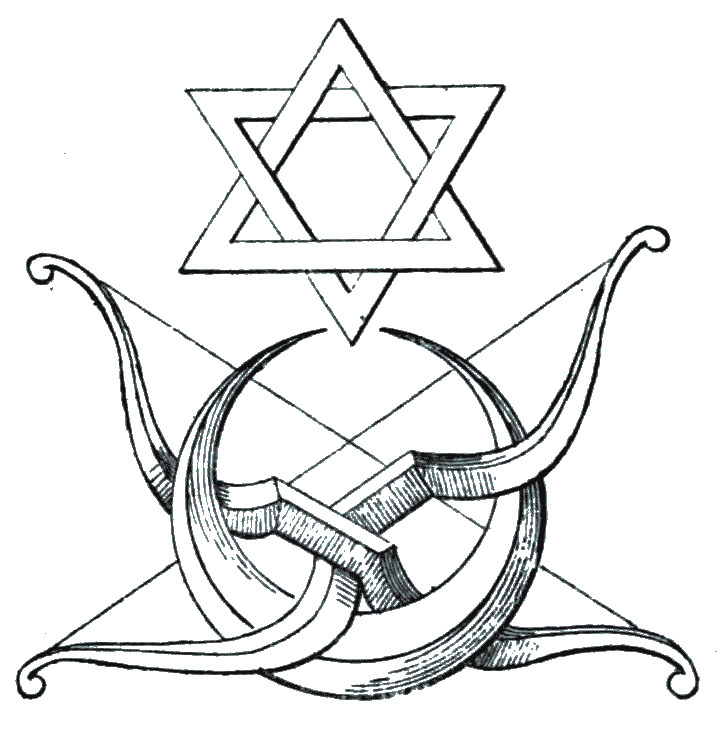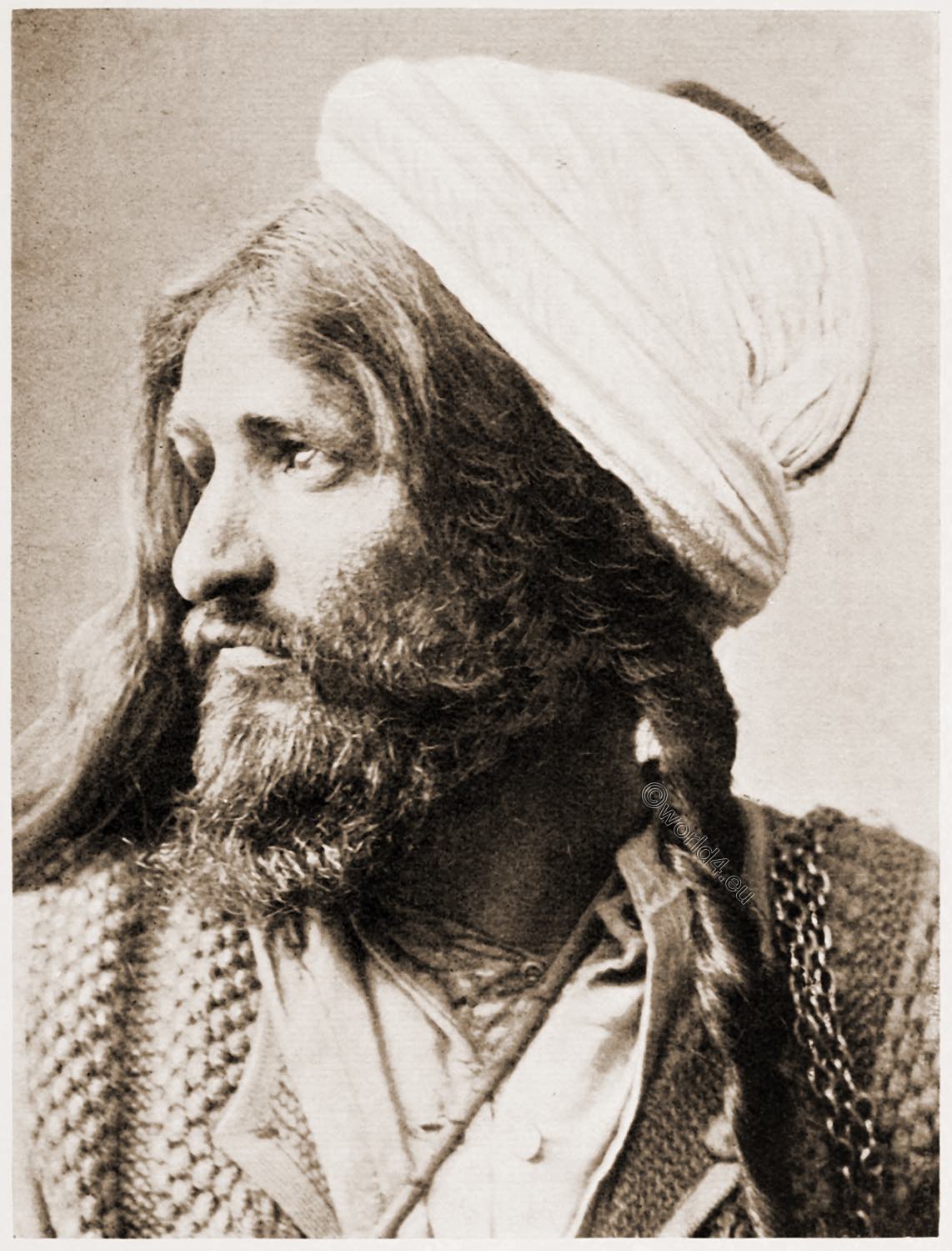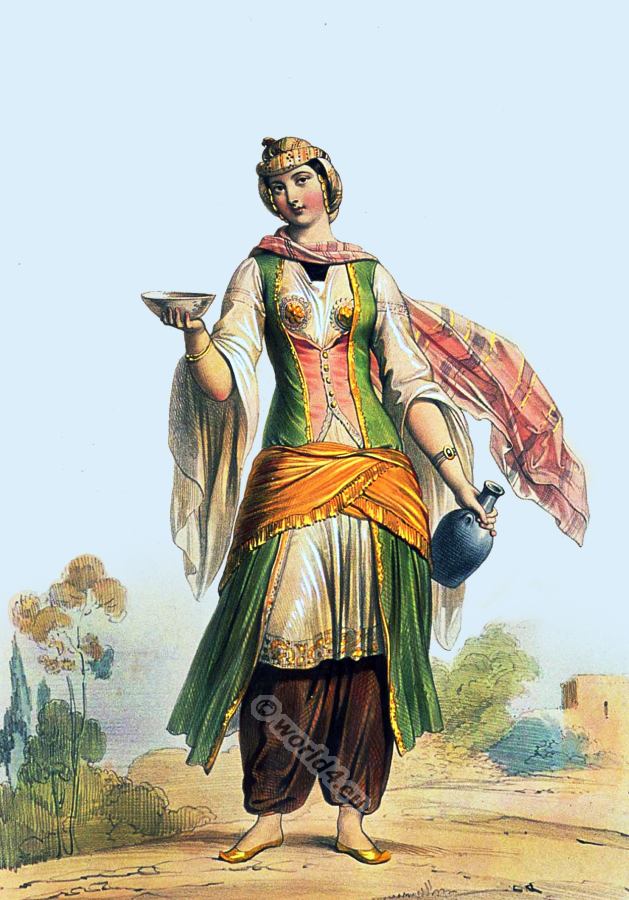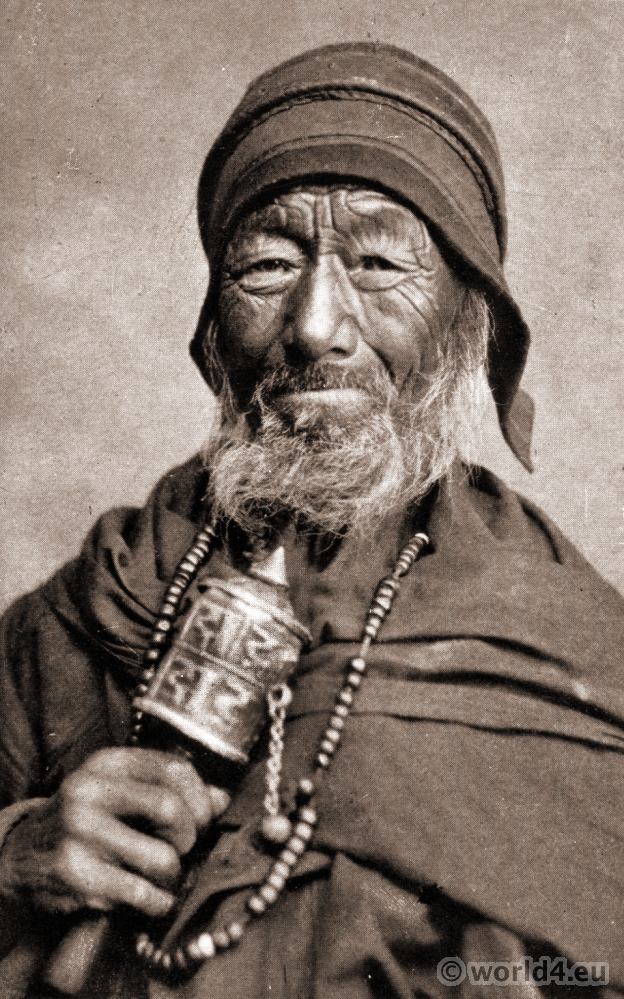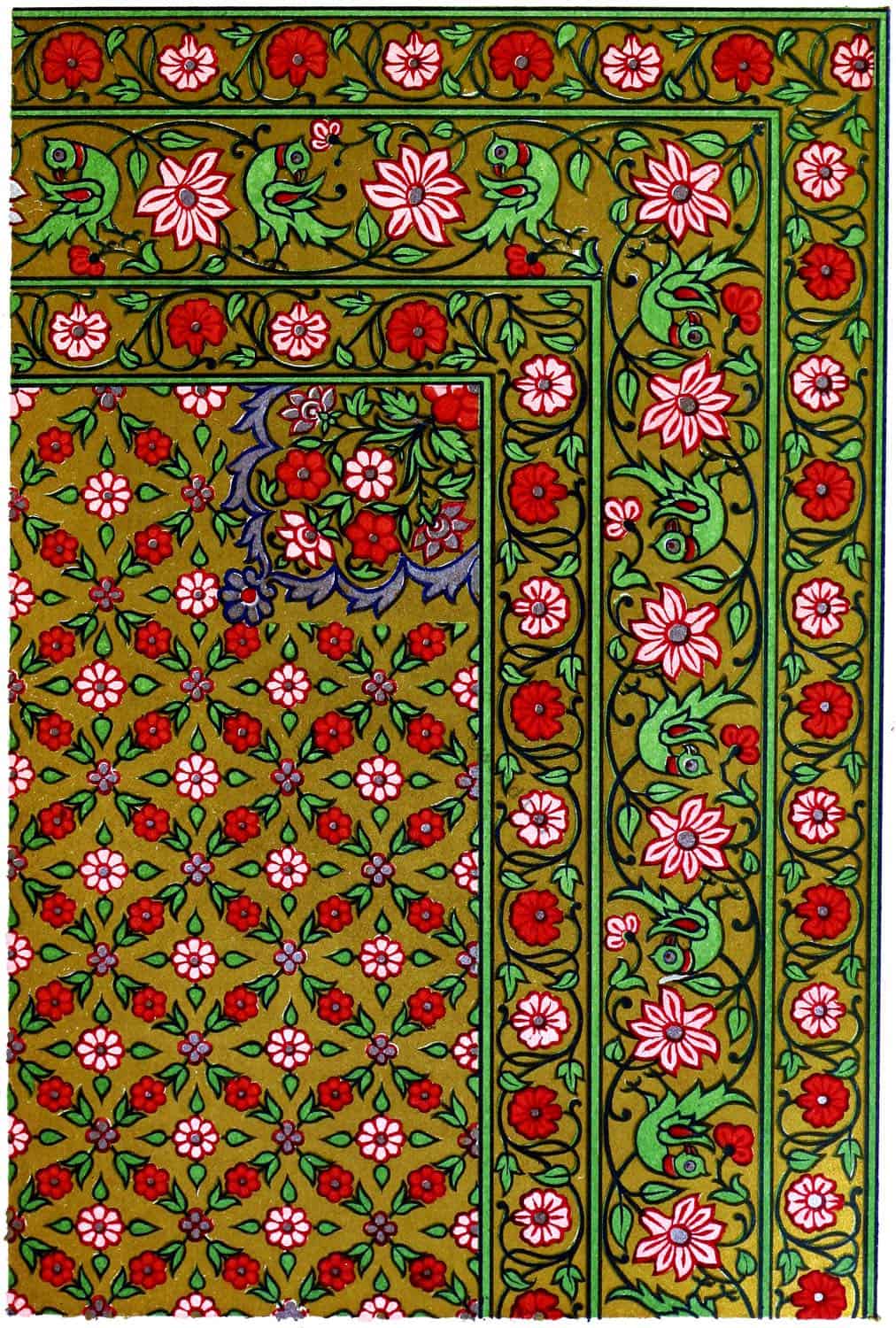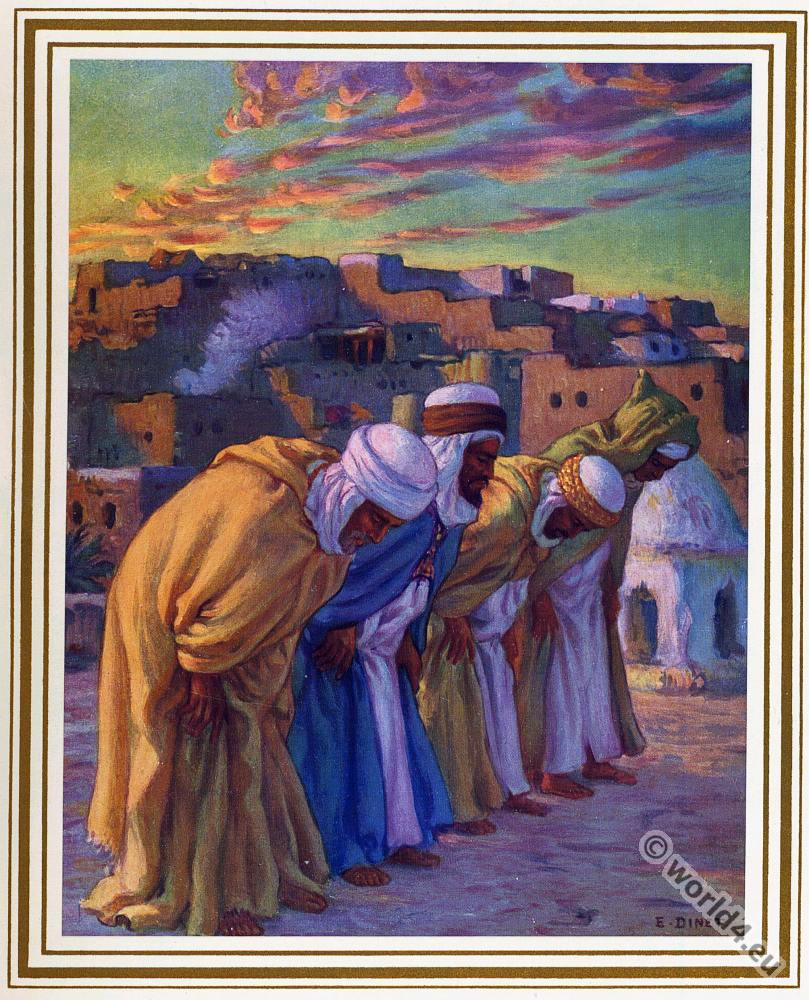
Islamic prayer. Ar-Rifa’ min Ar-Ruku’, or Inclination.
See here all illustrations of the book The Life of Muhammad by Alphonse-Étienne Dinet.
Rukūʿ, Arabic ركوع bowing with the upper body’, is a posture prescribed by ritual law during prayer in Islam. A bow is called: rakʿa(do) / ركعة.
This posture is prescribed by the Koran:
“Believers! Bow down (in worship), prostrate yourselves (in worship), serve your Lord and do good!”
Sura 22, verse 77
Details of this posture in prayer are described in the Sunna. It undergoes certain modifications in ritual law, in the accounts of the Islamic schools of law, which are, however, considered permissible by statements of Muhammad. It is permissible to raise the hands to the level of the ears before bowing. However, the Takbīr is obligatory. When bowing, the upper body should be brought to the horizontal position with the palms touching the two knees.
After the revelation of the Qur’anic verse: “Therefore praise the name of your mighty Lord” –
Sura 56, verse 96:
the Prophet is said to have recommended praising God. However, it is frowned upon to recite Qur’anic verses during the Rukūʿ. In a report traced back to Ali ibn Abi Talib and handed down in the canonical tradition collections, he is reported to have said: “the Messenger of God has forbidden me to recite the Qur’an during bowing or prostration”.
The number of prostrations during the prayers varies; by violating these regulations, which are determined by the Sunnah, the prayer can even be declared invalid.
Originally, prayer was limited to two Rakʿa. According to a well-known hadith accepted by the schools of jurisprudence, this number was retained for the prayer performed while travelling (aṣ-ṣalāt fī ʾs-safar; ṣalāt al-musāfir): “God, when He ordered the prayer, limited it to two rakʿa each for both residents and travellers. The prayer for travellers was left as it was, but the prayer for residents was increased.”
The Koran also legitimises the shortening of prayer during journeys, but only in certain cases, which are described as follows:
“And when you are travelling in the land (outside), it is no sin for you to cut short prayer if you fear that those who disbelieve will trouble you (w. impose a trial). The disbelievers are (now) a marked enemy to you.”
Sura 4, verse 101
This prayer, which is performed in a hostile environment, is called in Islamic jurisprudence “the prayer of fear” (ṣalāt al-ḫauf).
Nevertheless, the original form of the prayer, consisting of only two Rakʿa, has also been retained in the Morning Prayer, Friday Prayer, furthermore in the Rain Prayer during drought and in the prayer on the occasion of the eclipse of the sun and moon. The prayer on the Islamic Feast of Sacrifice and at the end of the fasting month of Ramadan also consists of two Rakʿa, which, like the Friday prayer, must be performed in community (ṣalāt al-ǧamāʿa).
Source: “The life of Mohammad the prophet of Allah, by E. Dinet and Sliman ben Ibrahim; illustrated by E. Dinet, ornamental pages by Mohammad Racim.”, “Dinet, Etienne, 1861-1929.” Published 1919.
Related
Discover more from World4 Costume Culture History
Subscribe to get the latest posts sent to your email.

